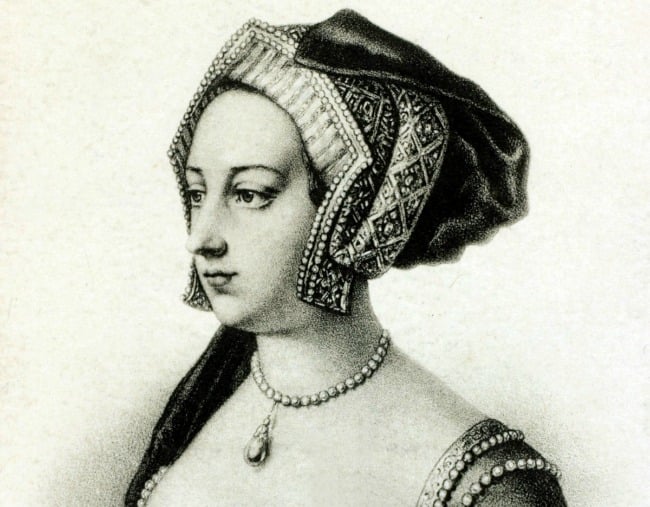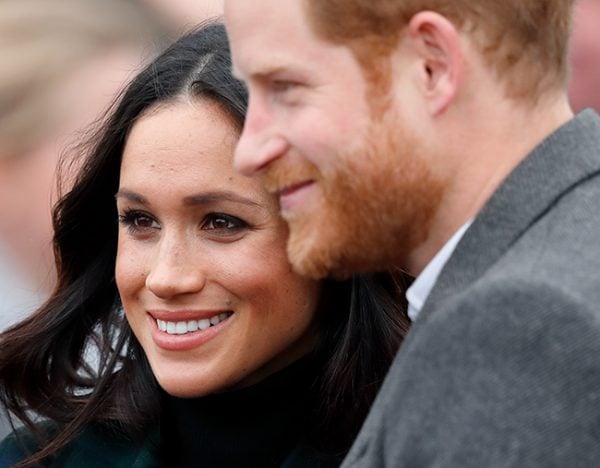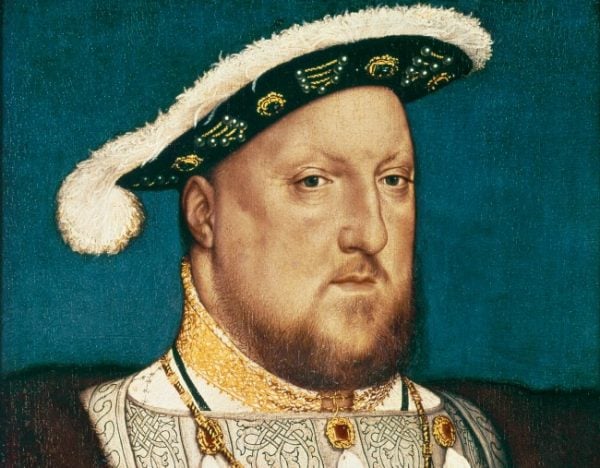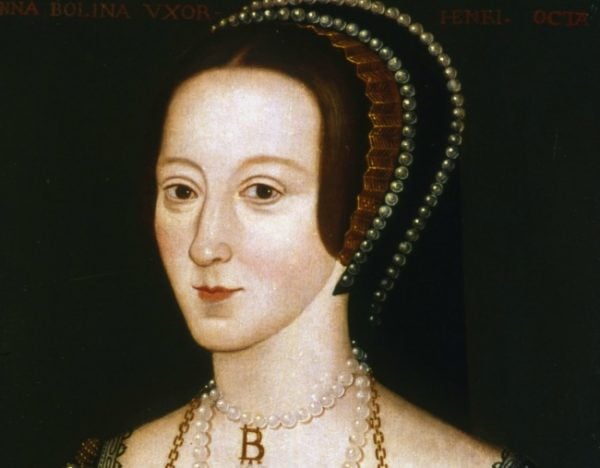
For everything Prince Harry, Meghan Markle and the Royal Wedding in one convenient place, visit our Royal Wedding hub.
The royal wedding is only 29 days away and yes we are counting down because holy mackerel we are excited.
For many months now, the world has pored over the minute details of Prince Harry and Meghan Markle’s big day – from the wedding invitations to the flowers and the banana cake.
But one detail has.. well… slipped under the radar. And that’s the dark significance of the date itself in British royal history.




Top Comments
You forgot to mention Harry's real name is actually Henry, and Henry VIII was also a famously hard-partying redhead who was raised as the "spare", before his brother's premature death made him king. Let's hope the current Prince Henry's story has a happier ending than his ancestor's!
Ah but technically she wasn’t Queen when she was beheaded! The marriage was annulled on the 17th of May and Elizabeth deemed illegitimate.
When I was 13 I saw the movie 'Anne of a Thousand Days' which left with an idealized opinion of her. It wasn't until I read some history books that I realized she could be a rather nasty piece of works, although she didn't deserve her terrible demise.